
Lagos should get over itself
Nigeria is so much more than its cultural and economic center.
A photo essay on Nigeria’s Durbars and the power of royal pageantry.
Horsemen (Mahayan Doki) raging out of the palace to clear a path for the Emir’s procession at the Durbar Festival, 2025. ©Dave Alao for Cultural Canvas.
What is a Durbar?
According to the Oxford Dictionary, a Durbar refers to the court of an Indian ruler or a ceremonial reception held by an Indian prince or British governor. However, in Nigeria, a durbar is much more than a colonial holdover; it is a vibrant expression of cultural identity, Islamic tradition, and royal heritage.
Most famously celebrated in the ancient city of Kano, the Durbar has been observed for more than five centuries. The Kano Durbar is a spectacular showcase of horsemanship, regal pageantry, and cultural performance. Held annually during the Islamic holidays of Eid al-Fitr and Eid al-Adha, the festival features grand processions of horses, musicians, and dignitaries, culminating in a ceremonial display of power and allegiance to the Emir of Kano.
The Durbar festival is a dazzling display of northern Nigeria’s regal heritage, celebrated in Kano, Ilorin, Jigawa, and other northern states. Though rooted in Islamic tradition and royal pageantry, each region brings its own historical, sociopolitical, and cultural nuances to the celebration.
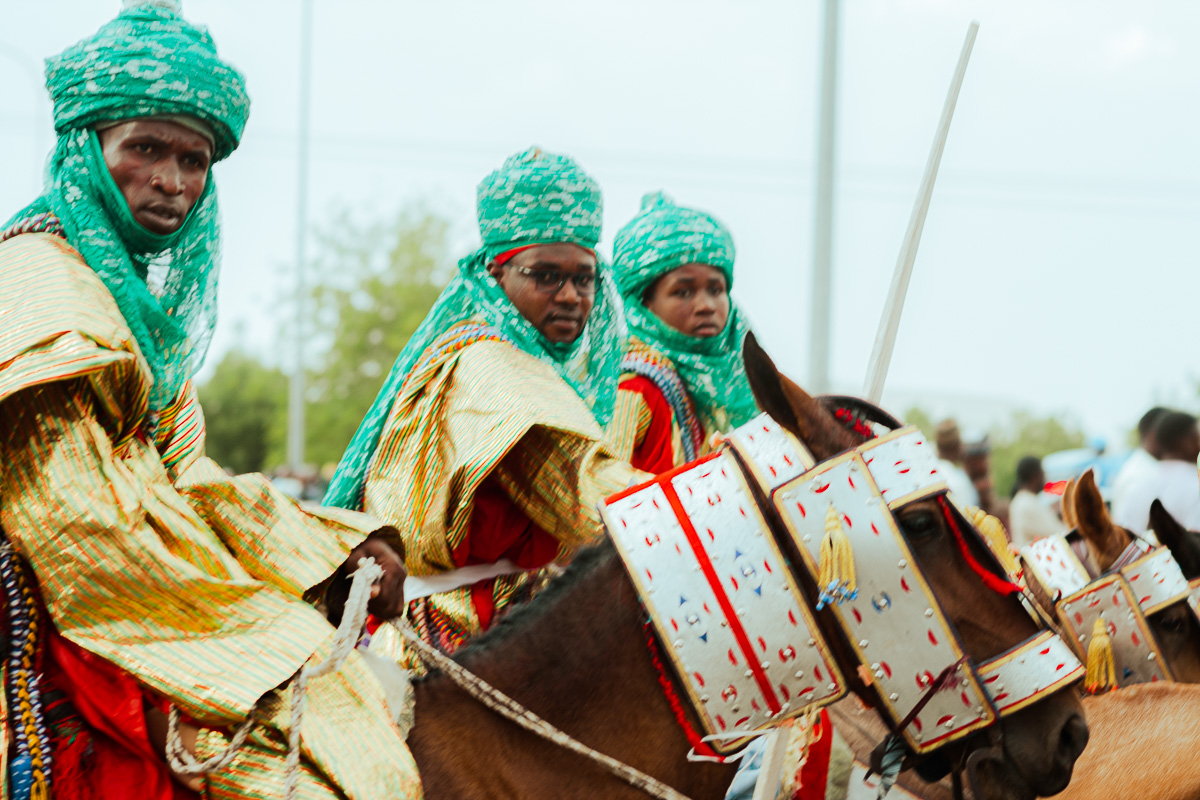
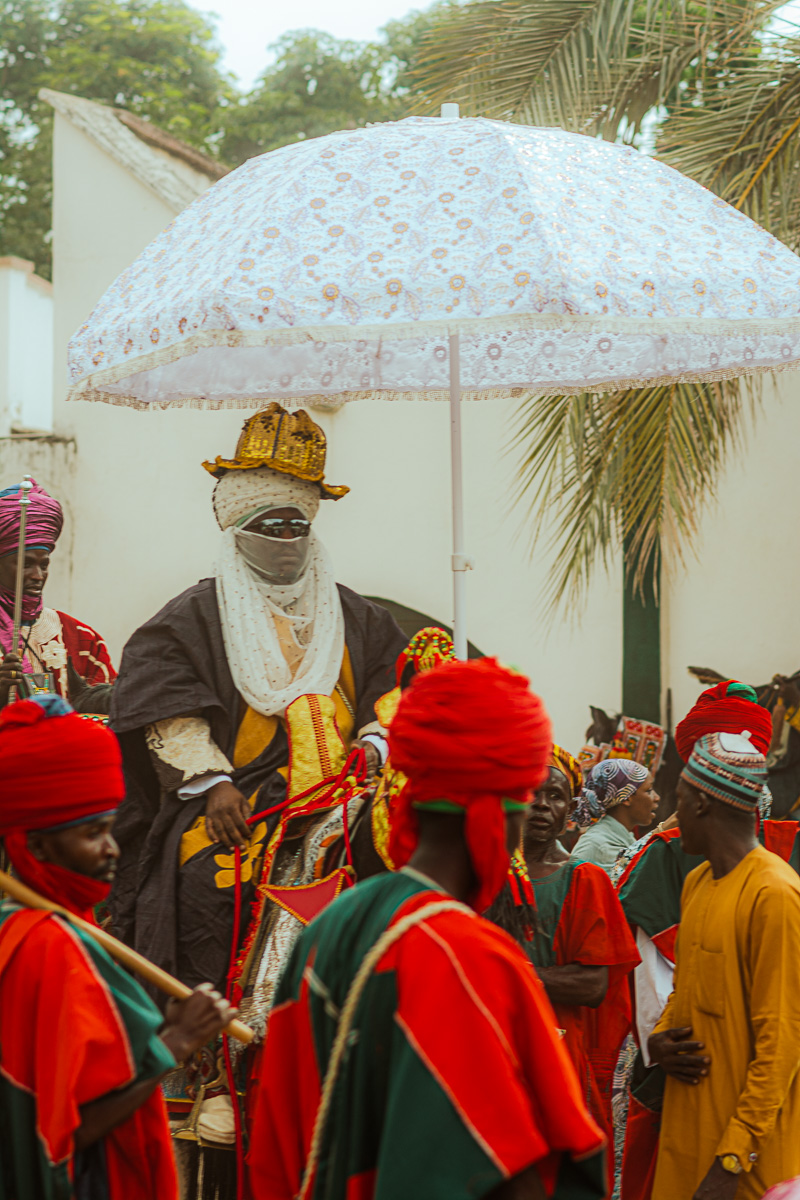
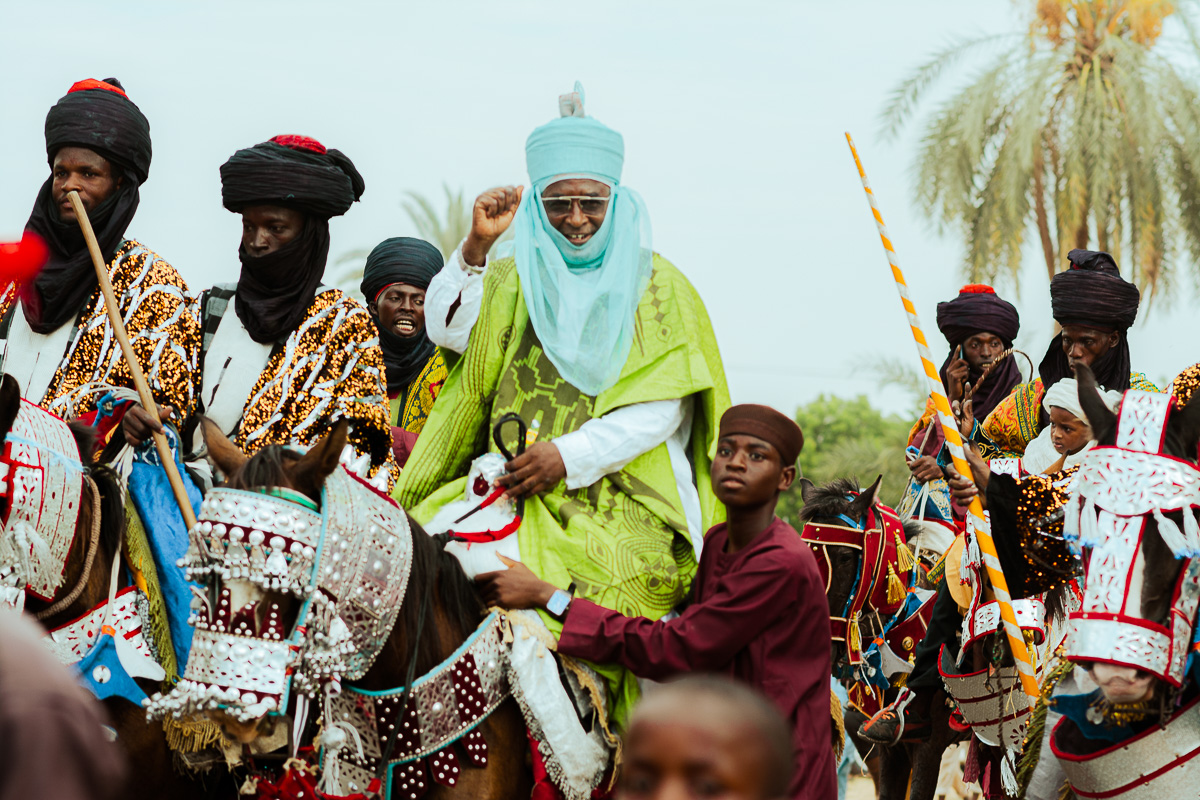
Kano remains the most prominent stage for the Durbar. The city’s version is widely regarded as the most elaborate, visually intense, and well-attended durbar in Nigeria—and arguably Africa. This multi-day event, steeped in military symbolism, features synchronized processions of royal guards, the Hawan Daushe and Hawan Nassarawa parades, intricately dressed titleholders, and a dazzling array of horsemen from across the emirate.
Unique to Kano are awe-inspiring side shows such as the Hyena Man’s daring street performance, horses adorned in full royal regalia, and majestic drums played atop dromedaries—reserved solely for the presence of the Emir. These elements blend mystique with ceremonial formality. The Durbar also transcends spectacle, serving as a platform for the Emir to raise important community issues, including erosion control and police infrastructure.
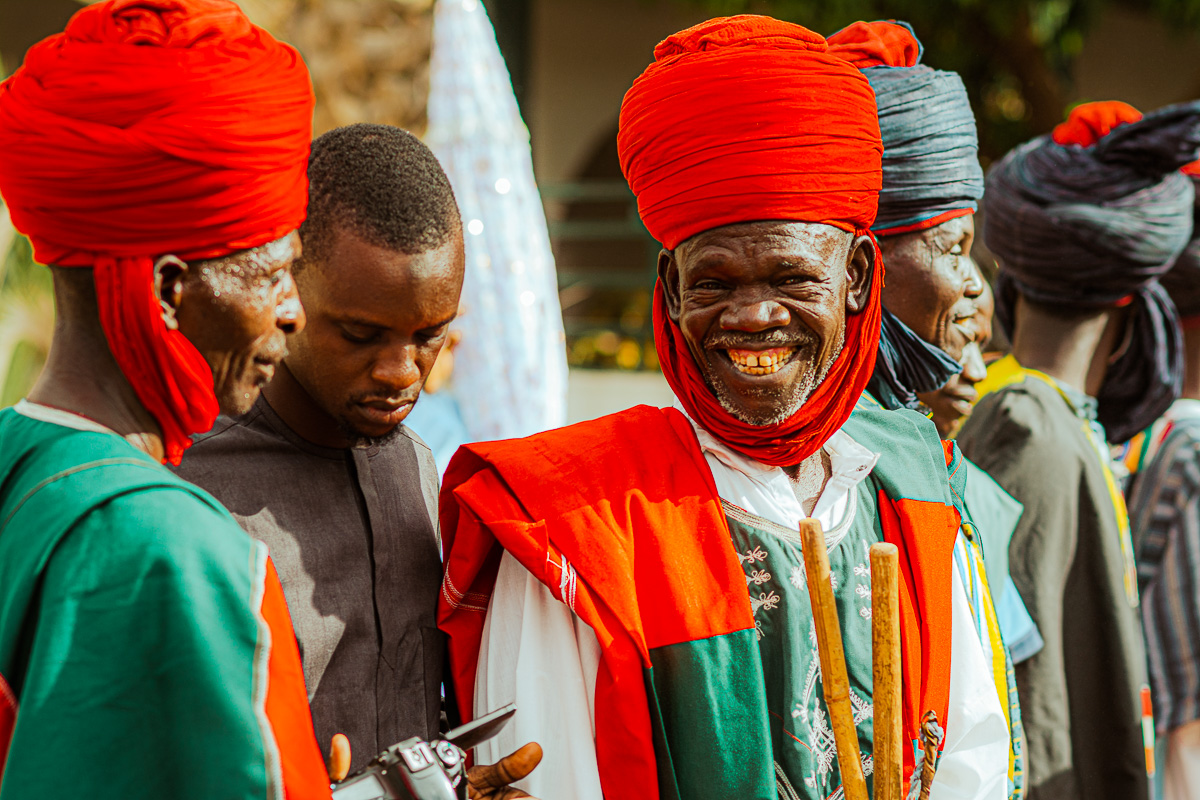


The Ilorin Durbar offers a markedly different but equally powerful cultural experience. Ilorin, the capital of Kwara State, is predominantly Yoruba with a strong Fulani presence. Like Kano, the Durbar here centers around the Emir, Alhaji Ibrahim Sulu-Gambari, and is held during the Eid festivities.
In Ilorin, the Durbar emphasizes cultural fusion and social harmony, reflecting the city’s unique identity as a meeting point of Yoruba, Fulani, and other ethnic groups. The Emir’s procession is understated yet symbolic: no armed security, only a traditional whip-bearing entourage weaving through a historic town square rich with faith and festivity.

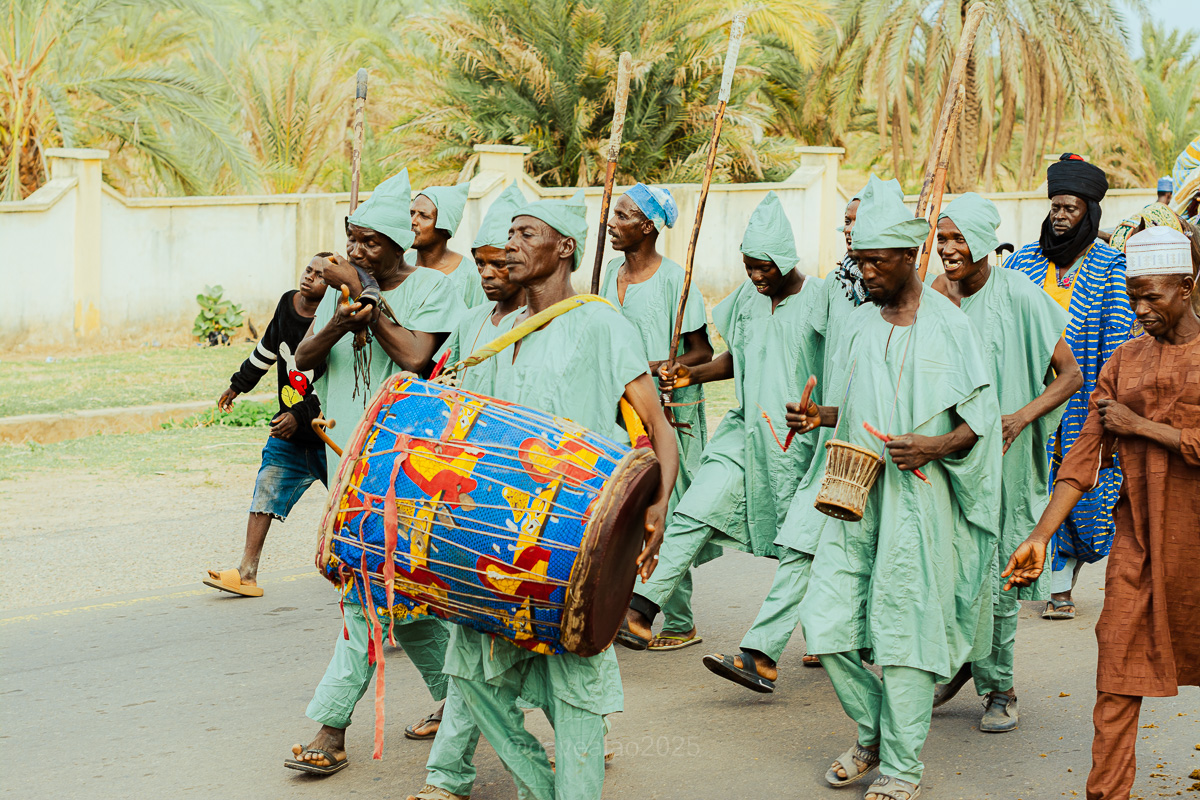

Families and community groups dressed in matching Aso Ebi (coordinated attire) add a celebratory, grassroots dimension. Notably, Ilorin’s youth play a vital role—capturing and livestreaming the events, turning the Durbar into a global digital showcase while preserving its sacred nature.
With the Kano Durbar suspended in 2024 and 2025 due to the ongoing royal dispute between Muhammadu Sanusi II and Aminu Ado Bayero, attention has shifted to lesser-known but equally rich traditions in states like Jigawa.
Although Jigawa’s Durbar is newer in public perception, it is deeply rooted in history. Although not as structurally elaborate as Kano’s, the event is rich in symbolism and local loyalty. Governor Umar Namadi personally received the Emir of Dutse, Hameem Nuhu Sunusi, along with his 26 district heads—each of whom knelt in royal obeisance, symbolizing respect and unity.



Beyond celebration, the Emir’s speech tackled community challenges such as erosion and flooding, urging state-led solutions. Each district presented uniquely decorated horses, showcasing the emirate’s internal cultural diversity. Crowds of children, women, and elders filled rooftops and balconies, demonstrating a deep, unfiltered connection between the people and their heritage.
The Ojude Oba Festival in Ijebu Ode, Ogun State, deserves special mention. Rooted in Yoruba tradition, Ojude Oba shares some parallels with the northern Durbar, particularly its equestrian parades and celebration of royal leadership.
Held during Eid al-Adha in honor of the Awujale (king) of Ijebuland, Ojude Oba emphasizes social hierarchy, fashion, and diaspora involvement. Unlike the aristocratic tone of northern Durbars, Ojude Oba embraces democratic pride in cultural heritage, welcoming both Muslims and Christians in a colorful, inclusive celebration.
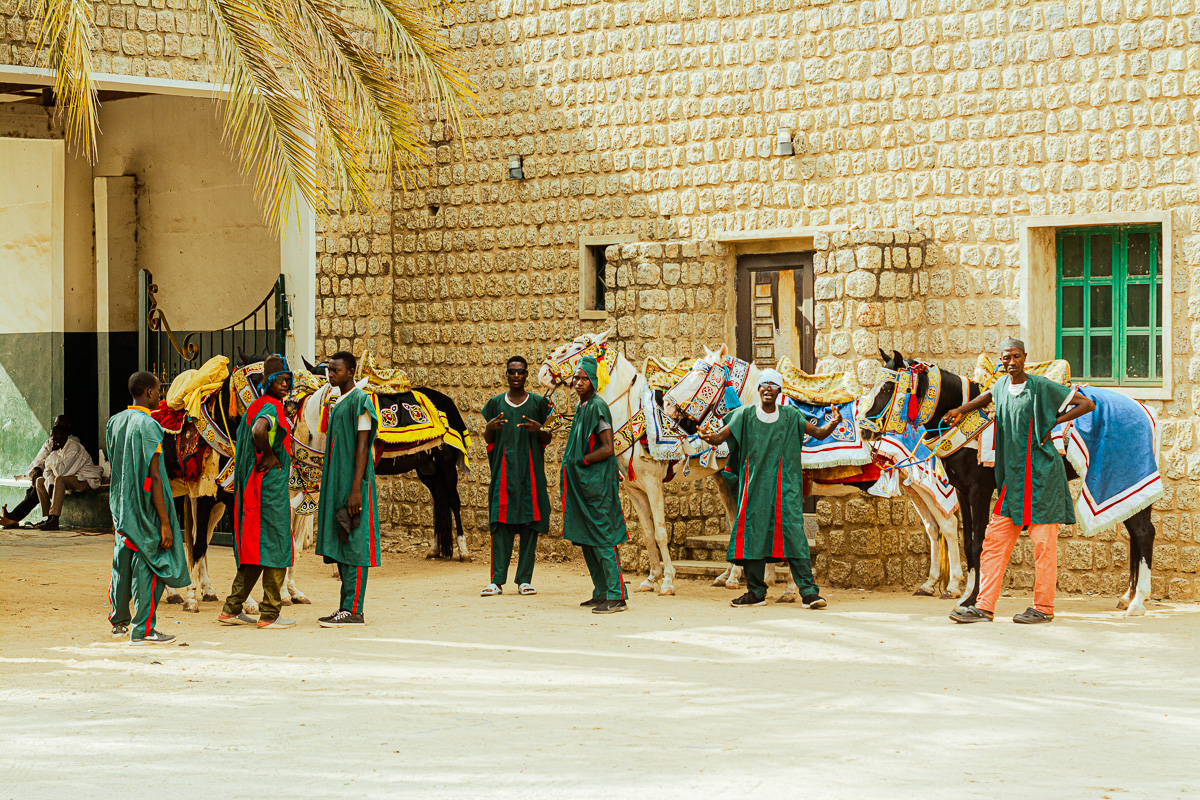
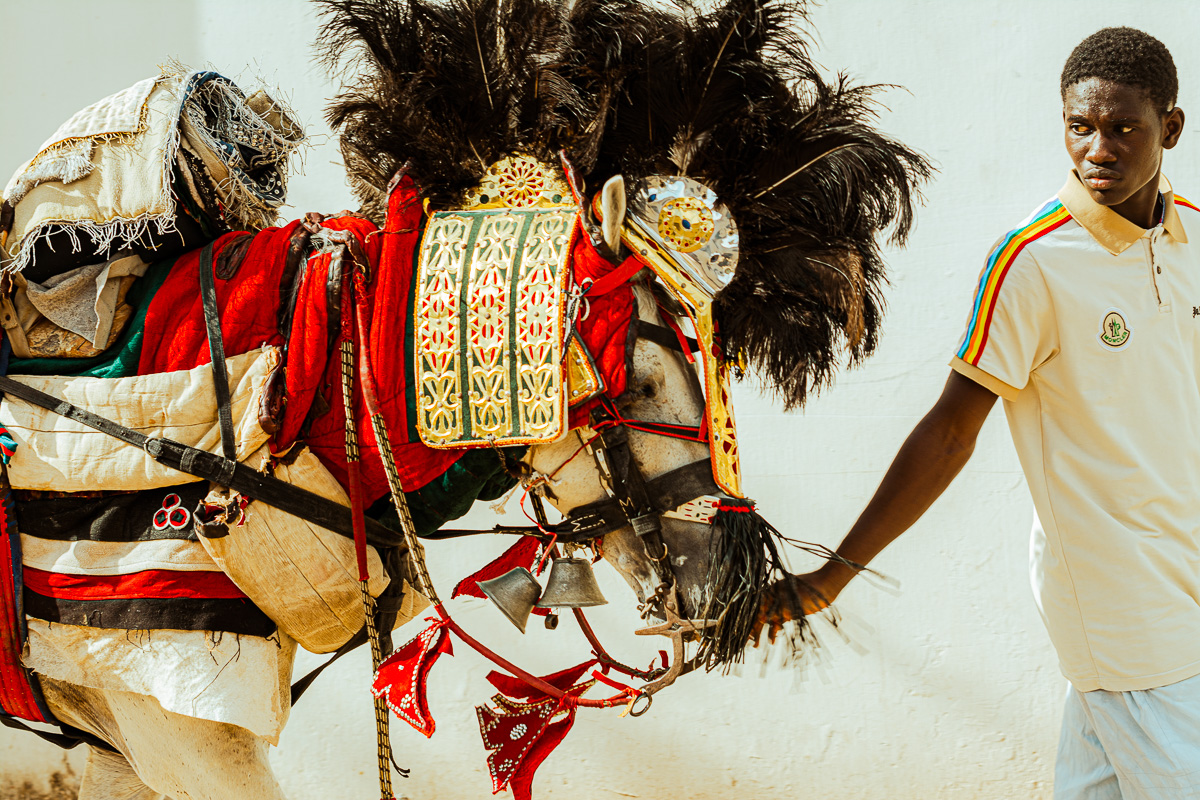
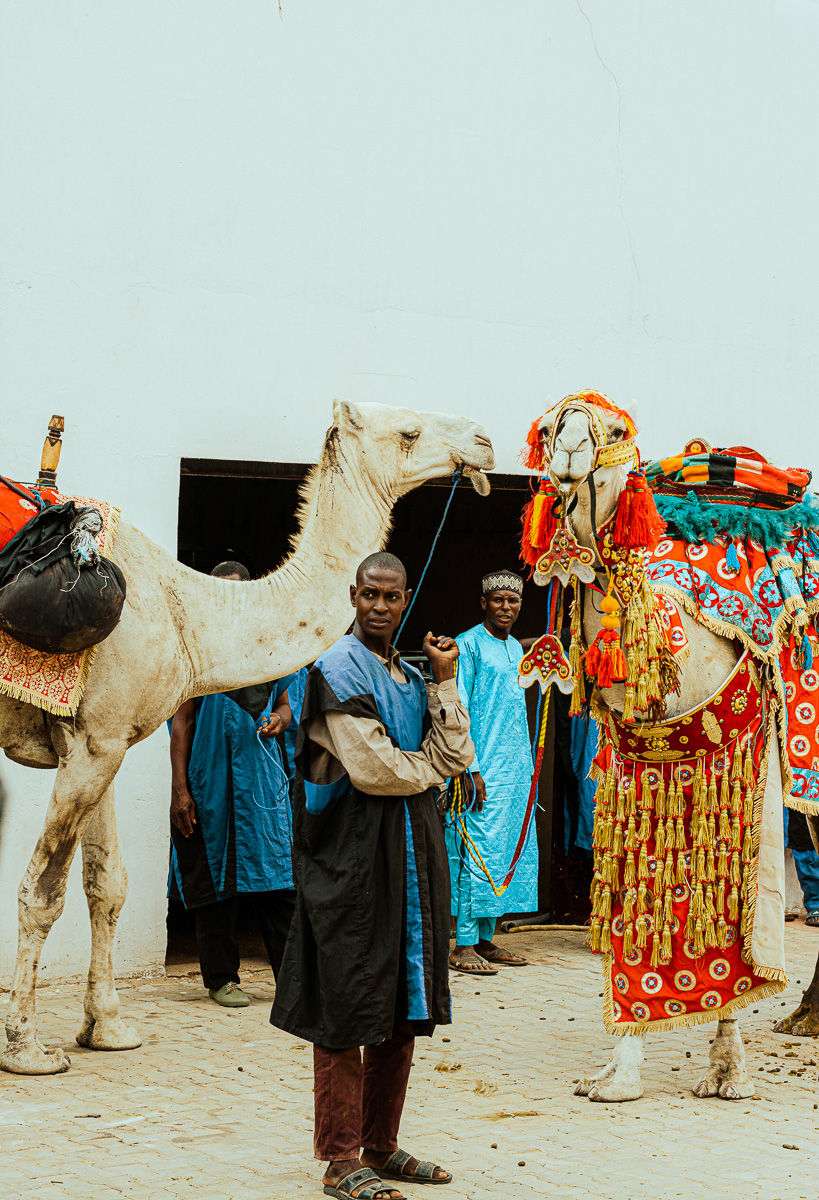
Equestrian parades, coordinated dances, rich textiles, and historical reenactments led by Balogun families and community organizations create a vibrant cultural identity that resonates both locally and internationally.
Notwithstanding regional differences, all Durbar festivals and Ojude Oba share several unifying elements, including: regal equestrian displays (horseback riding remains central, symbolizing strength, dignity, and royal prestige); cultural embellishments (music, ancestral chants, and intricately adorned regalia elevate both the spiritual and aesthetic dimensions of the events); leadership and symbolism (the presence of Emirs and kings reasserts the enduring relevance of traditional authority in civic life); and community participation (from elders to tech-savvy youth, intergenerational involvement fuels the festivals’ ongoing vibrancy and mass appeal). Kano’s royal grandeur, Ilorin’s harmonious fusion, Jigawa’s grassroots revival, and Ijebu Ode’s communal pride highlight a powerful truth: while Nigeria is a tapestry of cultures, tradition continues to be a unifying force. The Durbar, in its various forms, reaffirms the authority of heritage and the evolving dialogue between history, leadership, and the people. In an era often defined by fragmentation, the Durbar remains a cultural beacon, reminding Nigerians and the world that identity can be both richly diverse and beautifully shared.
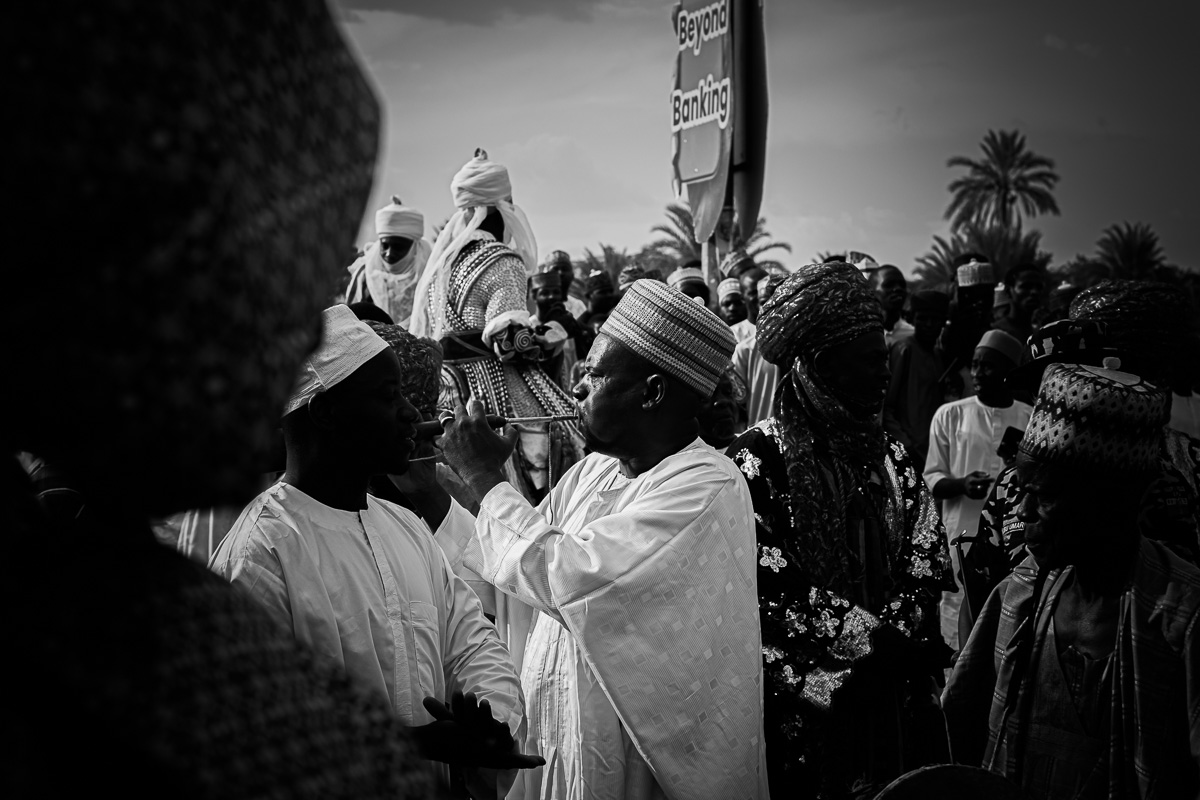
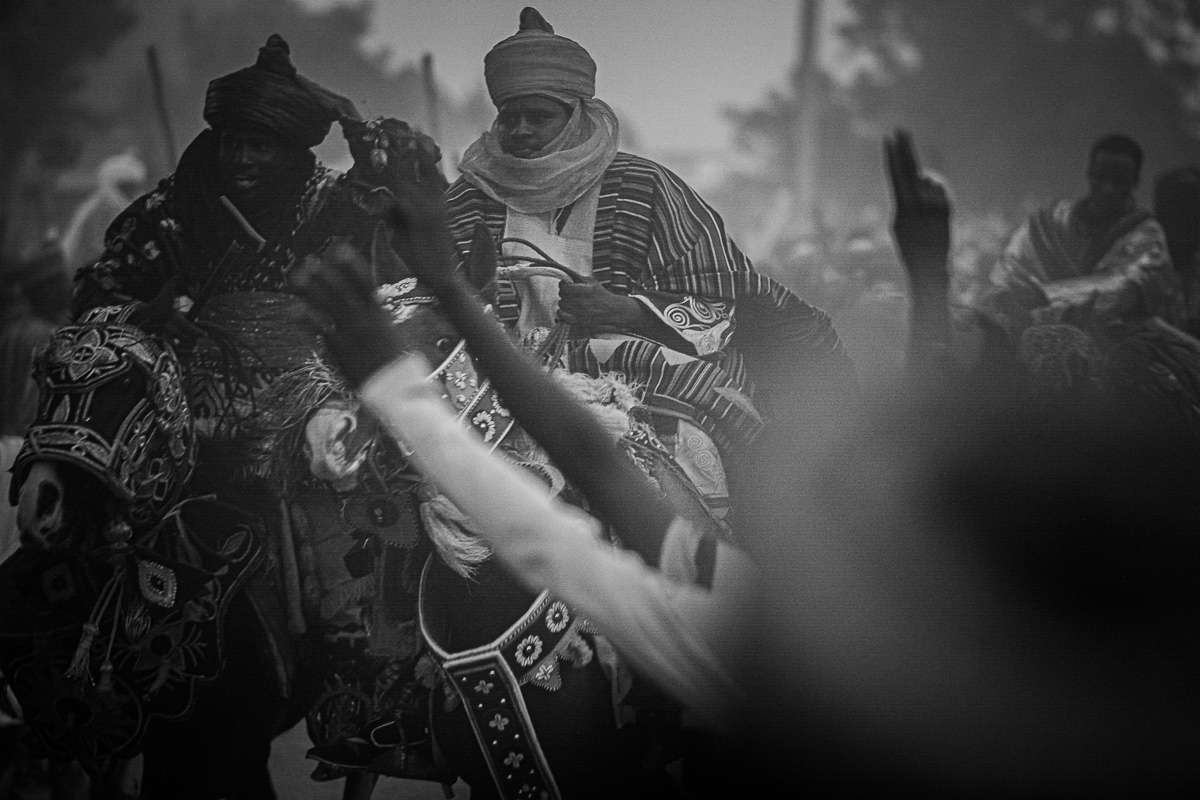
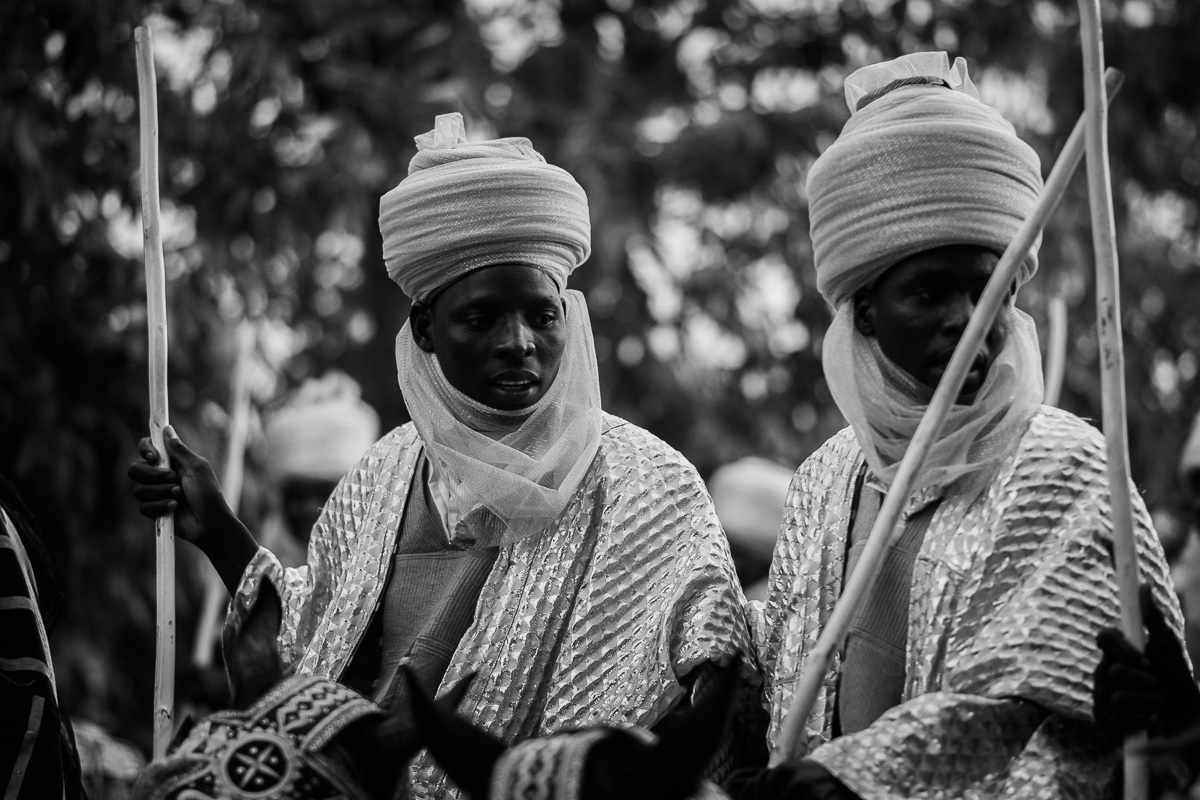

Nigeria is so much more than its cultural and economic center.

Forced conversion as a strategy exclusive is not to Islamist terrorism in northern Nigeria. Everyone’s been in on the act.

Lawyer and writer Elnathan John interviewed U.S. photographer Glenna Gordon. Listen.
